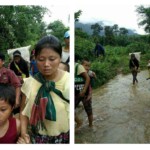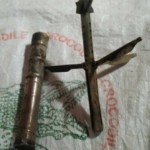By Lawi Weng / The Irrawaddy | April 5, 2018
The Kachin Independence Army on Thursday warned illegal mine workers in the Hukawng Valley, including gold and amber miners, to leave as the group plans to launch guerrilla attacks against the Myanmar Army and plant landmines in the area starting April 10.
“You have all been warned to leave the mining areas. If you do not, you will be responsible for your fate,” a statement issued by the KIA’s Battalion 14 reads.
“Anyone with relatives working in mining areas needs to inform them,” it reads.
The statement listed gold and amber mining areas including Shaduzup, Nam Byu, Nam Kawn, Tungmani, Dagum and Daba.
KIA spokesperson Colonel Naw Bu told The Irrawaddy today that the Myanmar Army (or Tatmadaw) continues to maintain bases in gold and amber mining areas that he said belonged to the KIA. The Tatmadaw seized the areas in their recent military offensive from January to March.
“Fighting will break out again soon when our KIA launches troop movements in the areas. Therefore, we issued a warning to illegal miners in the area to leave as our military operation will start soon,” he said.
Battalion 14 had to abandon its headquarters in the second week of March in the Hukawng area after the Tatmadaw launched a major offensive. The KIA withdrew from their bases in the face of overwhelming force from the Tatmadaw.
The KIA has no more permanent bases in Hukawng, but continues to patrol in the area. It said that it also planned to use guerrilla attacks and land mines to fight the Tatmadaw.
The Tatmadaw launched a military offensive in the Hukawng Valley’s Tanai area in its initial offensive in January. Later it seized areas that had been under KIA control including gold and amber mining areas. The Tatmadaw started its second offensive in the first week of March and the KIA was forced to abandon Battalion 14’s base.
“There is a lot of tension between us and the Myanmar Army because we are based close to each other in the areas we control,” Col Naw Bu said.
The Tatmadaw accuses the KIA of mining illegally in Hukawng, and claims this is one of the reasons it attacked the KIA. Once they had taken over the areas, however, they brought mine workers back and let them mine again, just as the KIA did.
“These were our areas. Therefore, we will launch an offensive to get them back,” Col Naw Bu said.
The Tatmadaw had only brought in about 100 mine workers so far, but plans to bring in more, according to the KIA.
Peace talks between the Myanmar Army and the KIA have been held several times in recent years. However, they have been halted since February after the KIA issued a statement listing conditions for their peace talks with the Tatmadaw.
Similarly, the Tatmadaw asked the KIA to withdraw at least three battalions, including Battalion 14, which was in the Tanai area, and Battalion 12 and Battalion 27 in the Mansi Township area. However, the KIA refused to withdraw, leading to sporadic clashes in these areas. It eventually withdrew from the Battalion 14 base.
The Tatmadaw also attacked KIA Battalion 3 in Bamaw near Mansi Township on March 30 and 31, and tensions remain high there, according to local sources.
More than 100,000 people remain displaced from their homes after a 17-year ceasefire between the central government and the KIA collapsed in 2011.

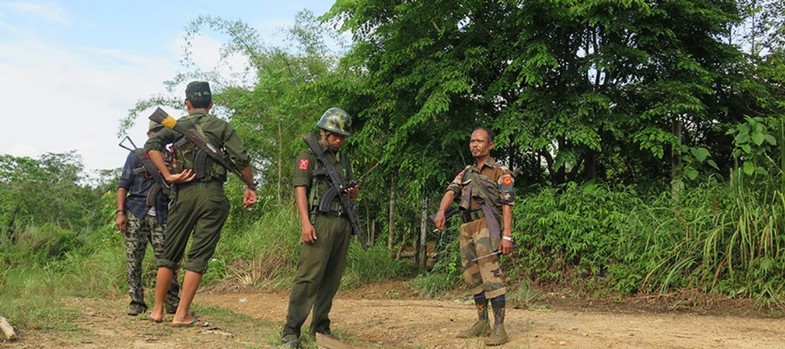
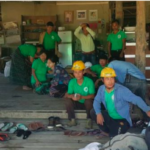
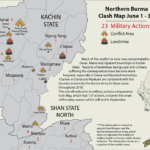
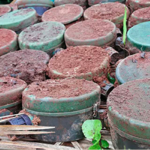
![‘I Cried When I Saw Churches, Villages and Homes Burning [in Kachin]’: Karenni Refugee Student and Burma Army Deserter](https://www.burmalink.org/wp-content/uploads/2018/06/Karenni-student-profile-150x150.jpg)
